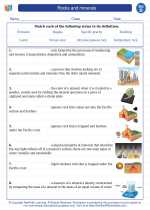Deserts
Deserts are dry, barren areas of land where little precipitation occurs. They are generally characterized by a lack of vegetation and extreme temperatures.
Types of Deserts
There are four main types of deserts:
- Hot and Dry Deserts: These deserts have high temperatures during the day and low temperatures at night. Examples include the Sahara Desert in Africa and the Arabian Desert in the Middle East.
- Cold Deserts: These deserts experience cold winters and may receive some snowfall. Examples include the Gobi Desert in Asia and the Patagonian Desert in South America.
- Coastal Deserts: These deserts are located near coastal areas and are influenced by cold ocean currents. Examples include the Atacama Desert in Chile and the Namib Desert in Namibia.
- Semiarid Deserts: These deserts have slightly more precipitation than other types of deserts, but still experience long dry periods. Examples include the Great Basin Desert in the United States and the Karoo Desert in South Africa.
Adaptations of Desert Plants and Animals
Plants and animals that live in deserts have developed special adaptations to survive in harsh desert conditions:
Plants
- Succulent Plants: Many desert plants, such as cacti and succulents, store water in their fleshy stems or leaves to survive long periods of drought.
- Deep Roots: Desert plants often have deep root systems that allow them to reach underground water sources.
- Reduced Leaves: Some desert plants have small or no leaves to minimize water loss through transpiration.
Animals
- Nocturnal Behavior: Many desert animals are nocturnal, staying active during the cooler nighttime hours to avoid the extreme heat of the day.
- Water Conservation: Desert animals have adapted to conserve water, often obtaining the moisture they need from the food they eat.
- Burrowing: Some desert animals, such as the kangaroo rat, live in burrows to escape the heat and reduce water loss.
Human Impact on Deserts
Human activities, such as overgrazing, deforestation, and urbanization, have had a significant impact on desert ecosystems. These activities can lead to soil erosion, loss of biodiversity, and desertification.
Conclusion
Deserts are unique and diverse ecosystems that are home to a wide variety of plants and animals. Understanding the adaptations of desert organisms and the impact of human activities on desert environments is crucial for the conservation and preservation of these fragile ecosystems.
.◂Science Worksheets and Study Guides Fourth Grade. Rocks and minerals
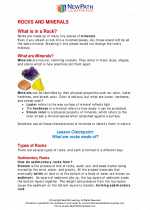
 Activity Lesson
Activity Lesson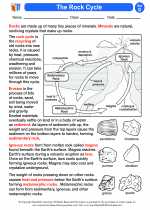
 Worksheet/Answer key
Worksheet/Answer key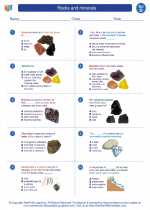
 Worksheet/Answer key
Worksheet/Answer key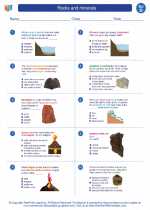
 Worksheet/Answer key
Worksheet/Answer key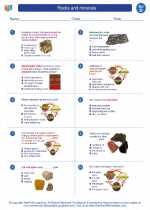
 Worksheet/Answer key
Worksheet/Answer key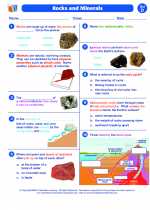
 Vocabulary/Answer key
Vocabulary/Answer key
 Vocabulary/Answer key
Vocabulary/Answer key
 Vocabulary/Answer key
Vocabulary/Answer key
 Vocabulary/Answer key
Vocabulary/Answer key